
Weekdays
The days of the week are linked to gods and deities across many cultures, from the Sun and Moon to gods of war, wisdom, and love

Revelation 12
A great red dragon with seven heads and ten horns, and on his heads were seven royal crowns Rev 12:3

Four Yugas
The Hindu Puranic King Lists are found in the Puranas, which are ancient Hindu scriptures written in Sanskrit.

Stars and Constellations
The Codex Vaticanus (CODEX B) is one of the oldest and most important manuscripts of the Bible.

Seven sisters
The Pleiades constellation figures in the Dreamings and songlines of Aboriginal Australian peoples, usually referred to as the seven sisters.

The Great Bear – Big Dipper
The Great Bear, also known as the Big Dipper, is one of the most recognizable asterisms in the night sky.

Huang Di – The Yellow Emperor
The Yellow Emperor, also known as Huangdi, is a legendary figure in Chinese history and mythology
A table showing the corresponding months between the Northern Hemisphere and the Southern Hemisphere based on the ancient African calendar
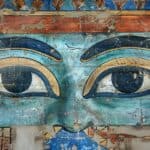
Egyptian Gods
Summary of the Egyptian Gods

Adam and Bahouna
The Creator had, moreover, strictly forbidden him to eat or drink. The great enemy, however, came to him, and painted to him in glowing colours the sweetness of the apple.
The French orientalist Henrion, gives the following table of the relative heights of several eminent historical personages

Primeval man and the birth of Eve
Antoinette Bourignon, that extraordinary mystic of the seventeenth century, had some strange visions of the primeval man and the birth of Eve.
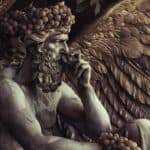
The Creation of Adam and Hawa
The Mussulman tradition is, that Adam having eaten the bunch of grapes given him as a reward
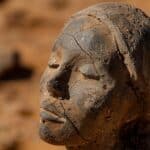
Zanahary shaped Andrianerinerina
In the beginning, Zanahary, the Creator, made the first human being, a man named Andrianerinerina.

The Hindu Puranic King List
The Hindu Puranic King Lists are found in the Puranas, which are ancient Hindu scriptures written in Sanskrit.

Dynasty of Uruk
The rulers of Uruk across its dynasties according to the Sumerian King List.

Antediluvian rulers
The duration of each reign is also given. In this first section, the reigns vary between 43,200 and 28,800 years for a total of 241,200 years

Dynasties of Kish
After the flood had swept over, and the kingship had descended from heaven, the kingship was in Kish.

Pre-dynastic Rulers
Pre-dynastic Rulers refers to the period in ancient Egyptian history before the 1st dynasty and after the ruler Horus.
The First Dynasty and some parts of the Pre-Dynastic period, often referred to as the “Mythical Period” or the “Time of the Gods” and “Demigods.”

Account of Menes
Menes instructed the people in the worship of the gods and in the practice of living together in cities.
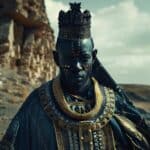
Manetho’s King Lists
Manetho divided the rulers of Egypt into 30 (or sometimes 31) dynasties, beginning with the semi-mythical First Dynasty and extending to the conquest of Egypt by Alexander the Great.
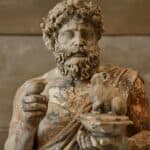
Account of Sethos
In gratitude for the divine intervention, Sethos is said to have erected a statue of himself holding a mouse

Account of Cheops
Herodotus describes Cheops (also known as Khufu) and his building of the Great Pyramid in Book 2, Chapter 124-127 of “Histories”
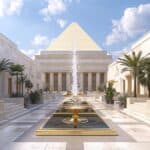
Ancient Egypt – 11,800 BCE
Herodotus, the ancient Greek historian, wrote that Egyptian history spanned over 11,340 years before his own time. This assertion is found in his work Histories

Chronos
Chronos is one of the Titans and the father of Zeus. He is often associated with time, especially the destructive and all-consuming aspects of time.

Zeus
Zeus decision to punish Atlantis for its hubris and moral decline is a central theme, highlighting his omnipotence and authority
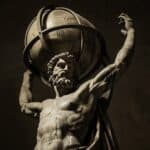
Atlas
The firstborn son of Poseidon and the central ruler of Atlantis. His name, associated with strength and endurance, symbolizes the lasting impact of his legacy.

Mummification
Mummification is depicted as a highly religious practice, often performed by an organized and influential priesthood. This custom was perpetuated over generations due to its deep spiritual significance.
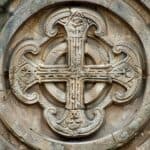
Tekthah – The sacred symbol of Atlantis
the four-armed Cross is a sacred symbol that holds significant religious and cultural importance for the Atlanteans.

